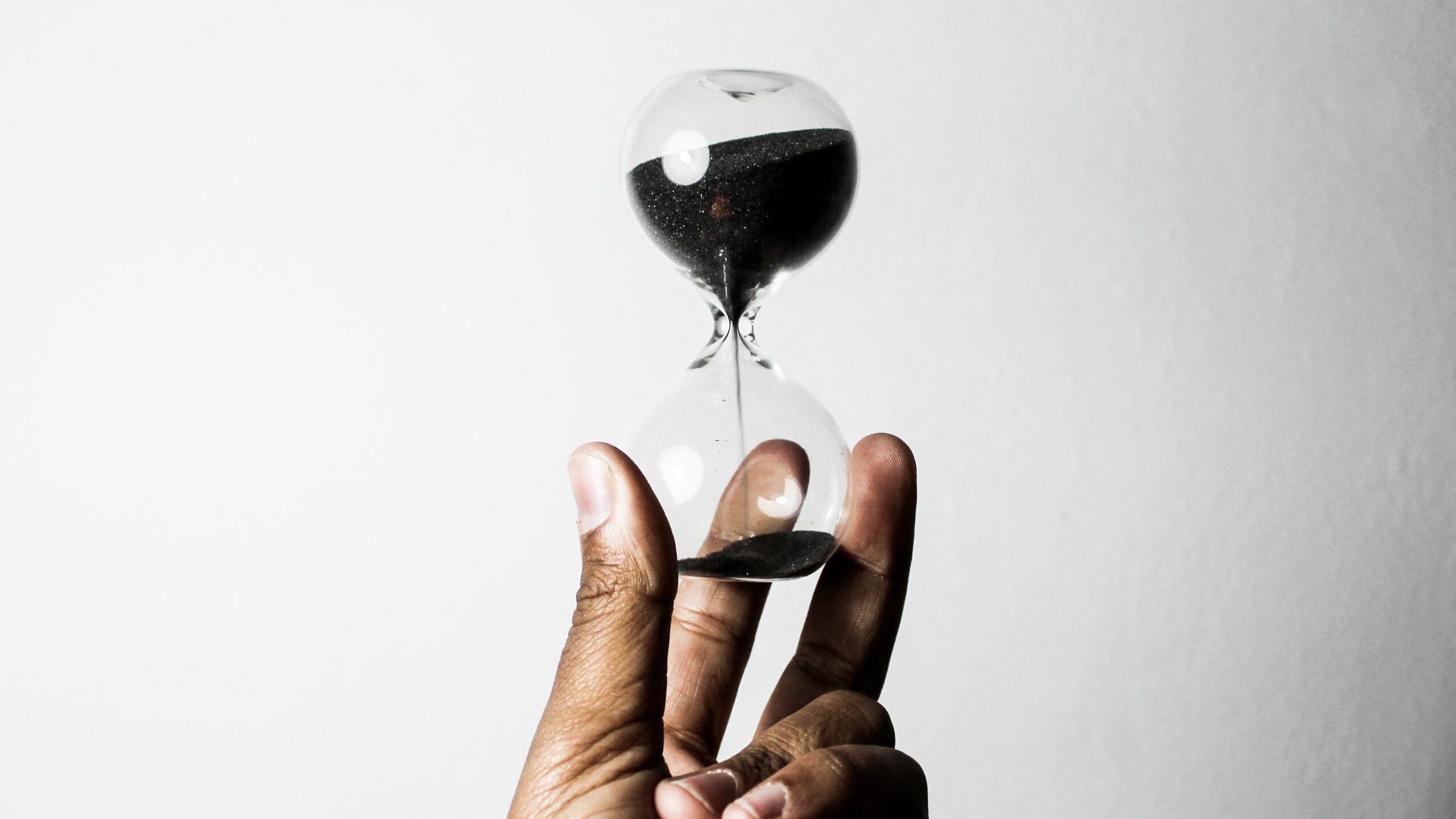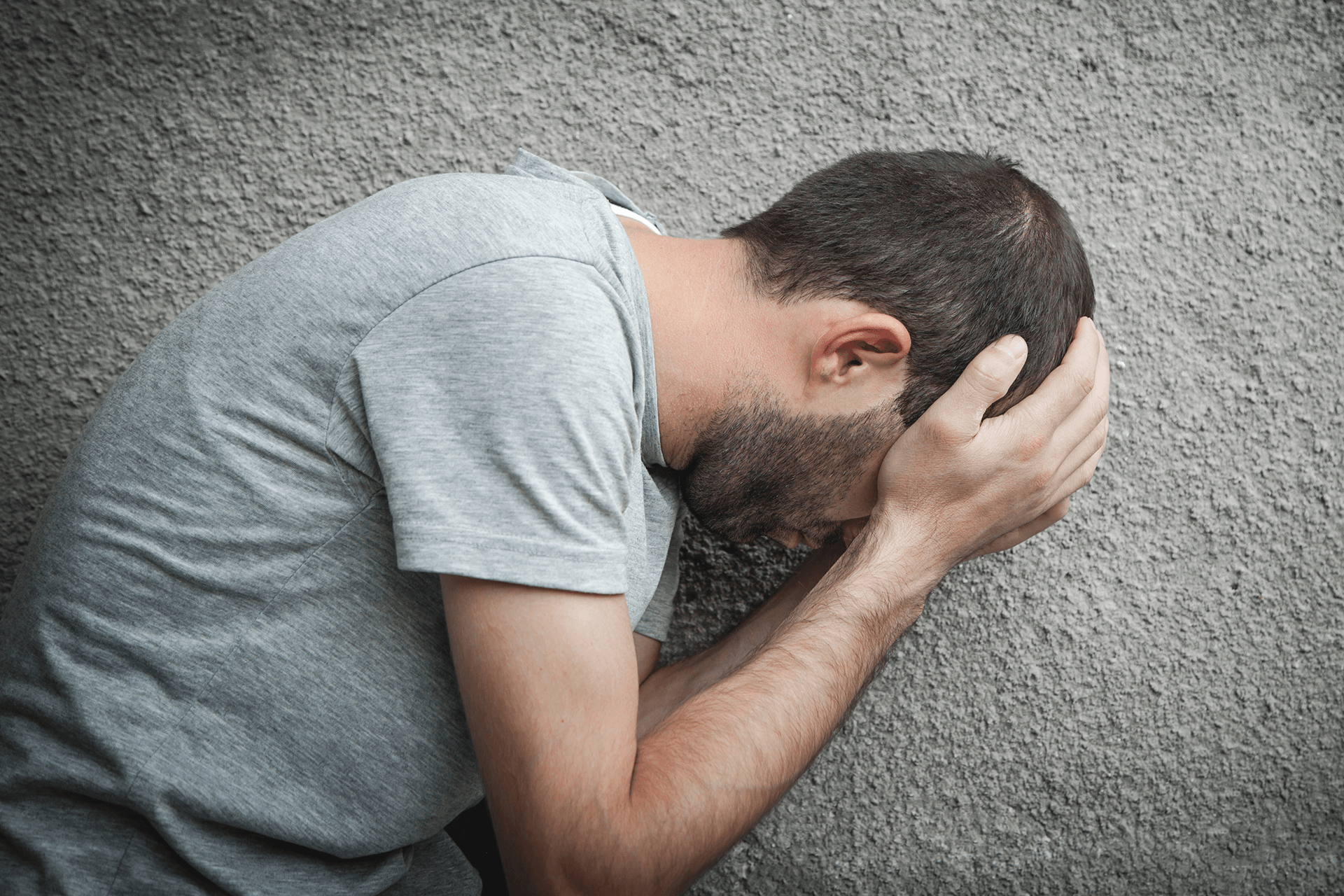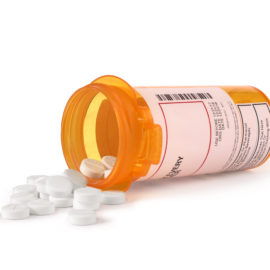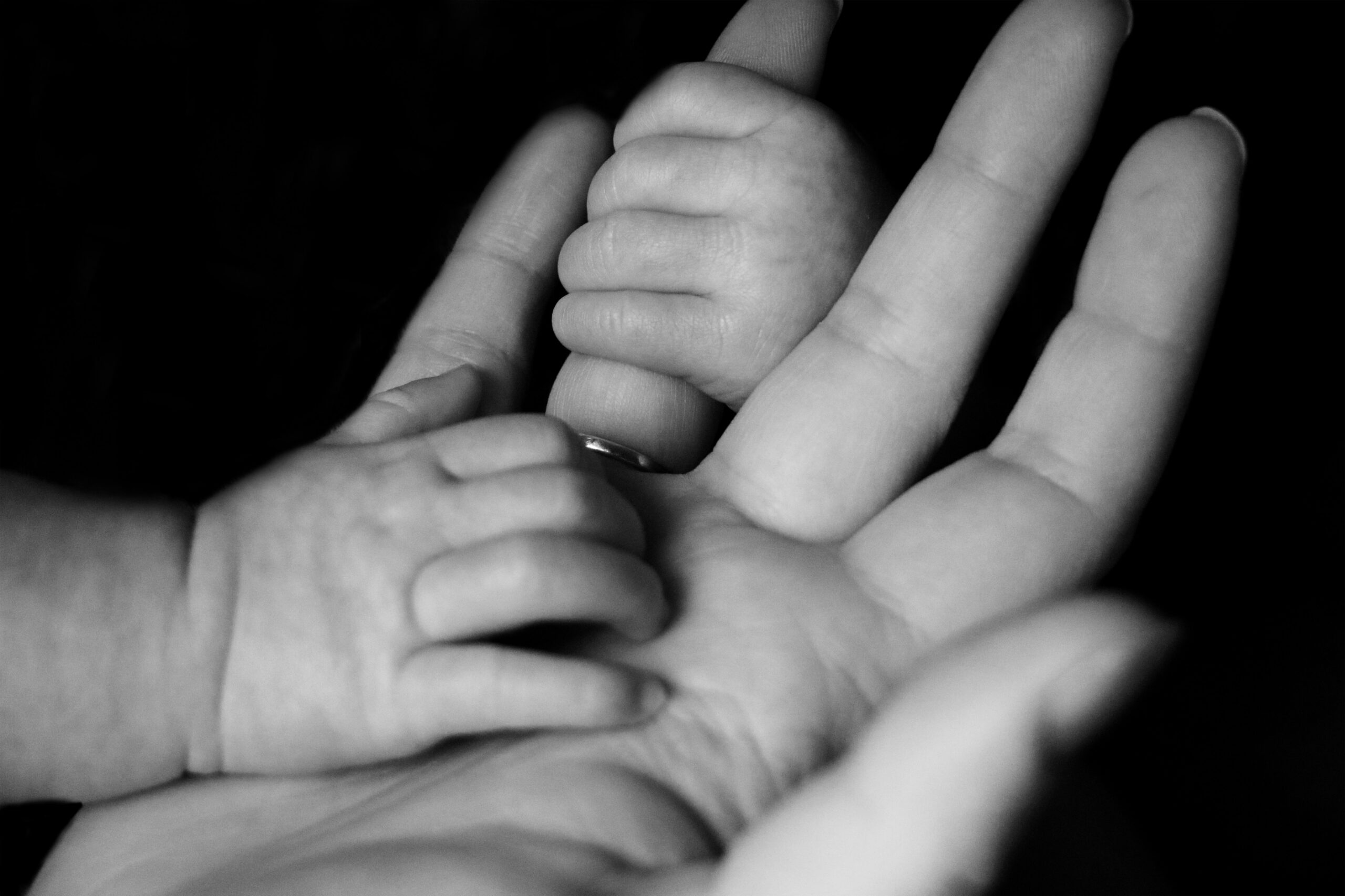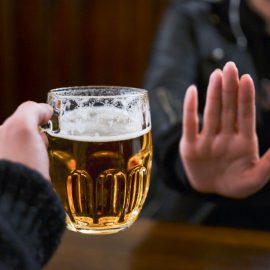A common perception is that successful rehabilitation equates to complete sobriety. The true measure of rehab success extends beyond abstinence from drugs and alcohol, though. Substance use disorder – addiction – is incurable but treatable, and recovery is an ongoing process that may not be linear due to the relapsing nature of the condition.
The objective of rehab is not only to help the person stop using addictive substances, but also to address the psychological component of addiction and promote healthy coping mechanisms and skills for sober living. This means that “does rehab actually work” is a question which needs answering with regard to improvements made in all areas of a person’s life beyond the abuse of drugs or alcohol. Read on to learn if rehab actually works.
Does Rehab Really Work?
The effectiveness of rehab programs can be evaluated using several indicators outlined by the Office of National Drug Control Policy:
- Reduced substance use: A successful rehab program should lead to a significant decrease in the use of drugs or alcohol by its participants.
- Improved employability: Rehab should help people become more employable, often reflected by more days engaged in work or education.
- Enhanced interpersonal relationships: A core marker of rehab effectiveness is the improvement in the quality of a person’s relationships with others.
- Improved mental health: Rehabilitation should contribute to improved mental health, helping people manage conditions that may co-occur with substance use disorders.
- Reduced criminal activity: A decrease in involvement with criminal activities is another positive outcome of effective rehab.
Rehabilitation is not a one-size-fits-all solution, though, and its success varies from person to person. It’s a deeply personal journey, and outcomes can differ based on individual circumstances. If the expected outcomes are not met, it may indicate the need for extended treatment, a change in the rehab environment, or an exploration of different substance abuse treatment modalities.
The path to recovery through rehab involves structured treatment programs, which may include medical detoxification, individual and group therapy, skill-building sessions for coping with triggers and cravings, and aftercare planning to prevent relapse. Personal motivation and a supportive network can significantly enhance the likelihood of sustained recovery.

Rehab Effectiveness Statistics
A report from SAMHSA (Substance Abuse and Mental Health Services Administration) documents the self-reported status of recovery among U.S. adults who have identified a history with substance use or mental health issues, revealing that recovery rates varied across different demographics. Differences were observed in:
- Age groups
- Family income levels
- Educational backgrounds
- Marital status
The report also shows economic and educational influences on recovery:
- An estimated 72% of adults who recognized past substance use self-reported that they were in recovery.
- Among those who engaged with government assistance programs, individuals with lower education levels, or those with incomes near the federal poverty level, were more likely to report recovery from substance use and less likely to report recovery from mental health issues.
- Higher recovery rates were witnessed among adults who had health insurance coverage, good overall health, identified as heterosexual, and had no history of arrests or legal confrontations.
- Lower recovery rates were associated with past-year serious psychological distress, co-occurring substance use disorders, and co-occurring mental health disorders.
- Substance use recovery was significantly higher among adults who had previously engaged with substance use treatment.
Why Does Rehab Work?
Rehabilitation works by providing a structured and supportive environment in which people can address the issues underpinning their substance use disorders. Here’s how different components of rehab contribute to its effectiveness:
Medical detoxification
For many people, rehab begins with detox, which is medically supervised to ensure safety. This process manages the acute physical symptoms of withdrawal and sets the foundation for full and ongoing participation in rehab.
Therapy and counseling
Individual counseling and group therapy are cornerstones of rehab. These sessions aim to treat psychological aspects of addiction, helping people understand their triggers, develop coping strategies, and repair behavioral patterns that contribute to substance use.
Education
Rehab programs often include educational components to inform people about the science of addiction, helping them understand the physiological effects of substances and the process of recovery.
Skill building
People learn practical skills to deal with cravings, avoid triggers, and maintain sobriety. This can include stress management, communication skills, and time management.
MAT (medication-assisted treatment)
Some rehab programs use FDA-approved medications to treat alcohol and opioid addictions, ease cravings, and reduce the chance of relapse.
Peer support
Group sessions and support from peers in recovery provide a network of understanding and encouragement, which is highly beneficial for maintaining long-term sobriety.
Aftercare planning
Effective rehab programs prepare people for life after treatment. This may include setting up ongoing therapy sessions, joining support groups, and making lifestyle changes to support recovery.
Holistic approaches
Many rehabs incorporate holistic treatments like yoga, meditation, and exercise to support overall well-being and help manage stress, a common relapse trigger.
The combination of these elements in a consistent, focused program, away from the daily pressures and cues that may trigger substance use, allows people to work on their recovery in a comprehensive manner. The varied approaches ensure that both the physical and psychological aspects of addiction are addressed, laying the groundwork for enduring recovery.
Factors That Influence Rehab Success Rates
The success of rehabilitation can be influenced by many factors, varying from personal circumstances to the quality of the rehab program itself. Variables include:
- Individual commitment: The person’s readiness to change and active participation in the treatment process is central to the success of a rehab program.
- Personalized treatment plans: Rehab programs which tailor their approach to individual needs, including the type of substance used and the presence of co-occurring disorders, often see higher success rates.
- Duration of treatment: Longer treatment durations are generally associated with superior outcomes, as they provide more time for the person to learn and build upon new skills.
- Quality of care: The credentials, experience, and approach of the staff, along with the treatment center’s overall philosophy, significantly impact rehab success.
- Aftercare: Aftercare services like ongoing counseling, support groups, and sober living communities can be helpful for those looking to maintain long-term sobriety.
- Family and social support: A strong support network of family and friends can provide the encouragement and accountability needed to sustain recovery.
- Dual diagnosis treatment: Effective management of co-occurring mental health disorders helps address any underlying drivers of substance use.
- Life skills training: Programs that include life skills training help people build stable, substance-free lives, increasing the chances of successful recovery.
- Environment: A safe, supportive environment during and after treatment can significantly influence the likelihood of maintaining sobriety.
- Accessibility and continuity of care: Easy access to treatment and seamless transitions between different levels of care prevent gaps in support.
- Relapse prevention: Education and strategies focused on recognizing and managing triggers for relapse are important for sustained recovery.
- Physical health management: Attention to physical health, including exercise, nutrition, and management of any chronic conditions, can improve overall well-being and support sobriety.
These factors are interrelated, and their collective influence can determine the overall effectiveness of a rehab program for an individual. A comprehensive approach that addresses these various aspects can enhance the potential for a successful recovery.
FAQs
How often does rehab work?
Rehab programs vary widely in their success rates, with outcomes depending on the substance of abuse, the scope and duration and abuse, co-occurring mental health conditions, the quality of the rehab program, and individual variables. Generally, those who complete their rehab treatment plans show significant improvements.
Does rehab work for alcoholics?
For those wondering does alcohol rehab work, it can be effective for alcoholics when it involves a comprehensive treatment plan that includes medical detoxification, therapy, and access to support groups. Rehab can lead to long-term sobriety for many alcoholics.
Does rehab really work?
Rehab can work effectively for many people struggling with addictions, especially when treatment is targeted and includes medical detox, ongoing counseling and therapy, and a robust aftercare plan.

Get Effective Rehab at Gratitude Lodge
At Gratitude Lodge, we offer highly effective rehab for all types of addictions at our beachside facilities located in Newport Beach and Long Beach, California. All of our rehabs are inclusive and pet-friendly.
Begin your recovery from drug or alcohol addiction with supervised detoxification, accessing medications and continuous care to streamline the withdrawal process and tackle physical dependence on addictive substances.
During ongoing inpatient treatment at one of our luxury rehabs, you can engage with an individualized blend of therapies that include:
- Medication-assisted treatment
- Motivational therapy
- Talk therapy
- One-to-one counseling
- Group therapy
- Family therapy
- Holistic treatments
- Aftercare planning
However severe your addiction, we can help you with effective rehab at Gratitude Lodge. Call 800-994-2184 for immediate assistance.





